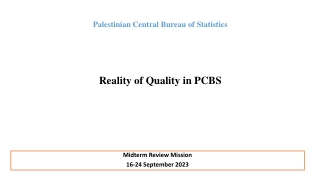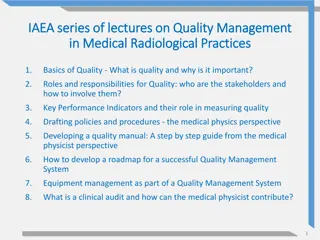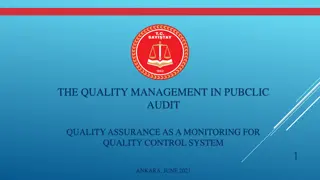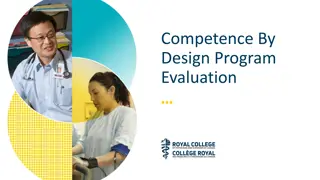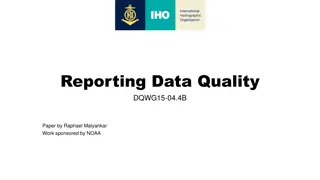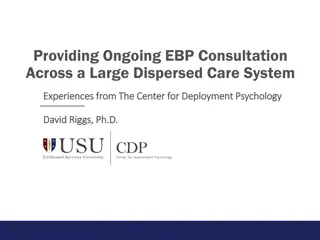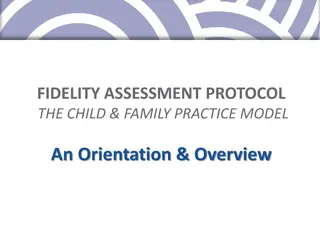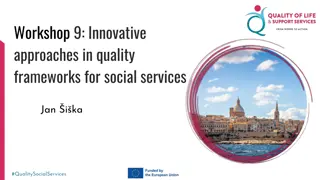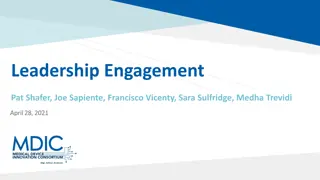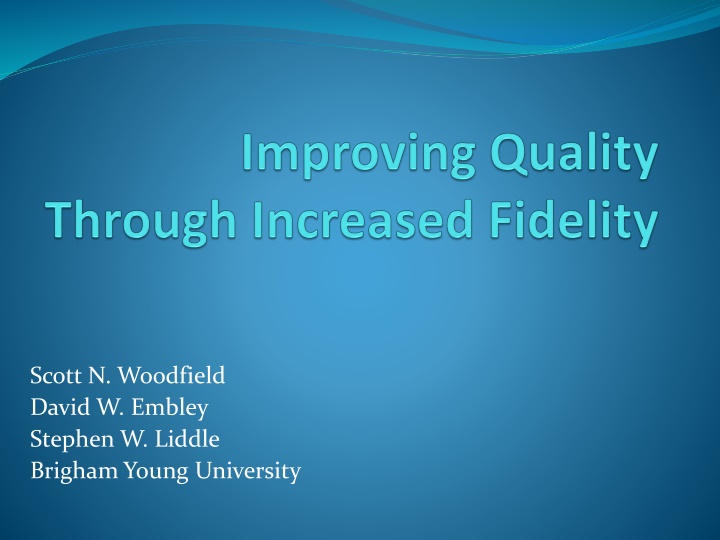
Advanced Techniques for Knowledge Layer Management in Social Information Systems
Explore the challenges of managing information in the social domain, focusing on knowledge layer problems, hard constraints, and solutions for detecting, notifying, and providing soft constraints. Learn about the 7-layer organization model and the importance of valid models in representing complex information accurately.
Download Presentation

Please find below an Image/Link to download the presentation.
The content on the website is provided AS IS for your information and personal use only. It may not be sold, licensed, or shared on other websites without obtaining consent from the author. If you encounter any issues during the download, it is possible that the publisher has removed the file from their server.
You are allowed to download the files provided on this website for personal or commercial use, subject to the condition that they are used lawfully. All files are the property of their respective owners.
The content on the website is provided AS IS for your information and personal use only. It may not be sold, licensed, or shared on other websites without obtaining consent from the author.
E N D
Presentation Transcript
Scott N. Woodfield David W. Embley Stephen W. Liddle Brigham Young University
Context Software analysis/specification Conceptualization of information in the social domain Often associated with people and the information about people Incomplete, Inconsistent, Inaccurate Examples: Medicine, law, and, history Need models of quality
Our 7- Layer Organization Based on theoretical foundation suggested by Charles T. Meadow entitled Text Information Retrieval Systems Layers: 1. Symbol layer 2. Class layer 3. Information layer 4. Knowledge layer 5. Evidence layer 6. Communication layer 7. Action layer
Knowledge Layer Problem 1: Valid Models A model is defined in terms of 1storder predicate calculus A valid model is a populated model that is logically true Valid models cannot easily represent information in the social domain Incomplete information Inconsistent information Inaccurate information
Example: Child has Mother has Child Mother 1 1:* has Child Mother 1:* 1:* The Over-Relaxation Problem Cannot detect and notify All constraints are participation constraints.
Allow Invalid Information But Detect and Notify has Child Mother 1 1:* Allow insertion, modification, or deletion of invalid information Detect constraint violations On insert On modification On deletion On query Notify interested parties on constraint violation
Knowledge Layer: Problem 2 : Hard Constraints has Child Mother 1 1:* has Child Mother 1 1:69
Provide Soft Constraints has Child Mother 1 Mean: 2 Std. Dev.: 1 Likelihood Cutoff: 16 Validity Cutoff: 69
New Model of Constraints Hard Constraint Function Constraint Soft Constraint General Constraint Cardinality Constraint General Constraints: 1. The domain of a Constraint is unrestricted 2. The co-domain of a Constraint = [0,1] 3. The domain of a Cardinality Constraint is a non-negative integer 4. The co-domain of a Hard Constraint = {0,1} Object-Set Cardinality Constraint Co-Occurrence Constraint Participation Constraint
Constraints as Implications All constraints may be viewed as implications For cardinality constraints the antecedent can be derived has Child Mother 1 Child(c) has Mother(m) Child c has one and only one Mother
Evidence Layer Problem: How do you know an assertion is true? Associate Evidence With Relations has Child Mother 1 Mean: 2; Std. Dev.: 1; Likelihood Cutoff: 16; Validity Cutoff: 69 Evidence Probability: 80% Source: Mother s oral declaration Date recorded: 4 Dec, 1931
Evidence Informal vs. Formal Formal evidence requires formal model Facts vs. derived information Derived information requires logic Confidence information Probability or confidence intervals
Communication Layer Information without communication is worthless We wish to focus on describing the problems Understanding the problem is half the battle Conceptual modeling point of view We don t have implemented solutions yet
Communication Layer Problem: Understanding the Many Models The unified model assumption Hinders sharing Models Source model Transport model Destination model
Communication Layer Problem Non-Isomorphic Models Problem 1: Focusing on transport representations doesn t solve the real problem Problem 2: The source and destination models may be non-isomorphic Problem 3: The hardest problem is in the differences between meta-models for the source, transport, and destination models
Example of Communication Layer Problem We are working on automatic information extraction from semi-structured text Ontology directed Class syntax definitions Linguistically enabled Class differentiators Relation extractors
Extraction Example 1555. Elias Mather, b. 1750, d. 1788, son of Deborah Ely and Rich- ard Mather; m. 1771, Lucinda Lee, who was b. 1752, dau. of Abner Lee and EHzabeth Lee. Their children : 1. Andrew, b. 1772. 2. Clarissa, b. 1774. 3. Elias, b. 1776. 4. William Lee, b. 1779, d. 1802. 5. Sylvester, b. 1782. 6. Nathaniel Griswold, b. 1784, d. 1785. 7. Charles, b. 1787.
Problems Source model is OSMX Destination model is GEDCOM X Transport model is unknown Challenges OSMX allows normal generalization/specialization, GEDCOM X is more restrictive OSMX allows arbitrary n-ary relations, GEDCOM X is focused on people, relations between people, and events
Action Layer Behavior modeling Too complex to discuss here Semi-automatic fidelity enhancement What do we do when constraints are violated? Human intervention common assumption Machine intervention Automatic generation of rules based on the antecedent of constraints Use of Modus Tollens Consider every simple predicate as a violated constraint Machine processing if possible Human intervention if necessary
Fidelity Enhancement Example By modus tollens the constraint: Child(c) has BloodType(bc) Child(c) has Mother(m) Child(c) has Father(f) Mother(m) has BloodType(bm) Father(f) has BloodType(bf) ProbabilityOfChildsBloodType(bc, bm, bf) > 0.0 Becomes: ProbabilityOfChildsBloodType(bc, bm, bf) > 0.0 Child(c) has BloodType(bc) Child(c) has Mother(m) Child(c) has Father(f) Mother(m) has BloodType(bm) Father(f) has BloodType(bf)
Suggestions for Higher-Quality Social Models Allow invalid models Add soft constraints distribution-based constraints Add evidence structured using conceptual models Look at communication problems from the perspective of conceptual models Use recorded information to semi-automatically improve the model s quality

